Why we keep falling for the same rom-com tropes
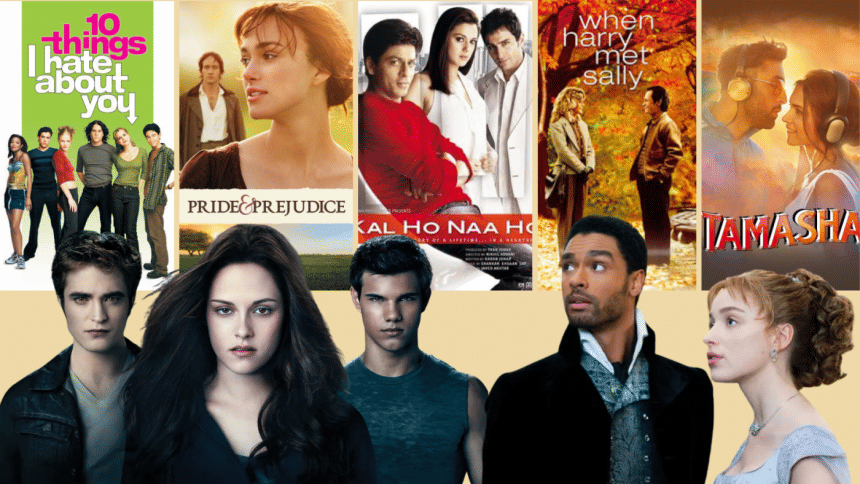
There are few cinematic comforts as reliable as a good rom-com. You already know how it will end, you can predict at least half of the lines, and yet, you watch with the same giddy anticipation every single time. Rom-coms tell us that even in the chaos of real life, some things are beautifully predictable. The same misunderstandings, the same meet-cutes, the same last-minute airport chases somehow never get old. We already know how they will end — there is a confession, a song in the rain, maybe a wedding; but we watch anyway. In a world obsessed with unpredictability, rom-coms give us emotional order. They make us feel safe in knowing that no matter how messy life gets, love will sort itself out. So, here is a little love letter to the tropes that keep us hooked and the titles that prove why we will never get tired of them.
The enemies to lovers pipeline
Few tropes serve delicious tension quite like two people who cannot stand each other, until they suddenly cannot stay away from each other. The appeal lies in the transformation. Watching resentment turn into longingness is like seeing emotional alchemy at work. Beneath every sarcastic jab hides a flicker of curiosity, and when that barrier finally breaks, the chemistry feels earned. Think "Pride and Prejudice", the original blueprint for this trope, or "10 Things I Hate About You", where Kat's sharp edges soften under Patrick's smirks. In Bollywood, "Jab We Met" did it perfectly with Aditya's brooding cynicism melting in the face of Geet's chaos. Watching Elizabeth Bennet and Mr. Darcy navigate pride feels remarkably similar to watching Geet and Aditya in "Jab We Met" as both stories turn conflict into emotional evolution. More recently, Bridgerton's second season proved that hostility is still a powerful aphrodisiac. We love this trope because it makes love feel like something you fight for, not something that just happens. It suggests that attraction is not about perfection but about friction, about finding someone who can challenge you and still make you laugh.
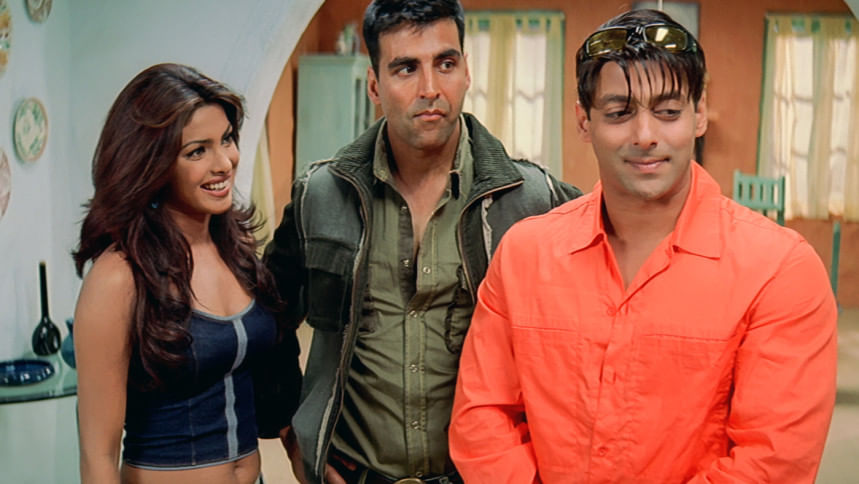
The fake dating setup
It always starts as a harmless arrangement. Two people pretend to be a couple for some practical reason, be it for convincing parents, saving face, or getting through a wedding, and then end up catching real feelings. It is predictable, sure, but so is dessert after dinner, and you still never skip it. "To All the Boys I've Loved Before" is the modern gold standard, where Lara Jean's fake relationship with Peter Kavinsky becomes a heart-fluttering lesson in vulnerability. "The Proposal" gave us Sandra Bullock and Ryan Reynolds bantering their way into accidental intimacy. On the Bollywood side, "Mujhse Shaadi Karogi" and "Hum Tumhare Hain Sanam" both flirt with this setup, while "Love per Square Foot" makes it literal with a fake marriage for housing that leads to something real. We fall for fake dating stories because they let us experience emotional evolution in fast-forward. Love sneaks up on characters who least expect it, mirroring the way it often does in real life. The line between pretense and authenticity blurs, and by the time the truth comes out, we are already too invested to look away.
The best friends realising they are in love
There is something really comforting about the idea that the person meant for you has been there all along. The best-friends-to-lovers trope plays on the fantasy that love does not always have to be fireworks as it can be a slow bloom that grows quietly through years of familiarity. It is the moment when the protagonist looks around, exhausted from chasing the wrong people, and suddenly sees the right one standing there all along. "When Harry Met Sally" remains the holy grail here, showing how friendship can evolve into something deeper without losing its banter or comfort. "13 Going on 30" turns that realisation into a second-chance fairytale, and "Love, Rosie" adds a decade-long ache to it. Bollywood's "Jaane Tu… Ya Jaane Na" is the most iconic local take, capturing how Imran and Aditi's friendship feels both platonic and magnetic until it finally is not. This trope resonates because it validates the relationships that already make us feel seen. It is love rooted in trust, humour, and history. It is not about grand gestures but about realising that the person who knows your coffee order also knows your heart.
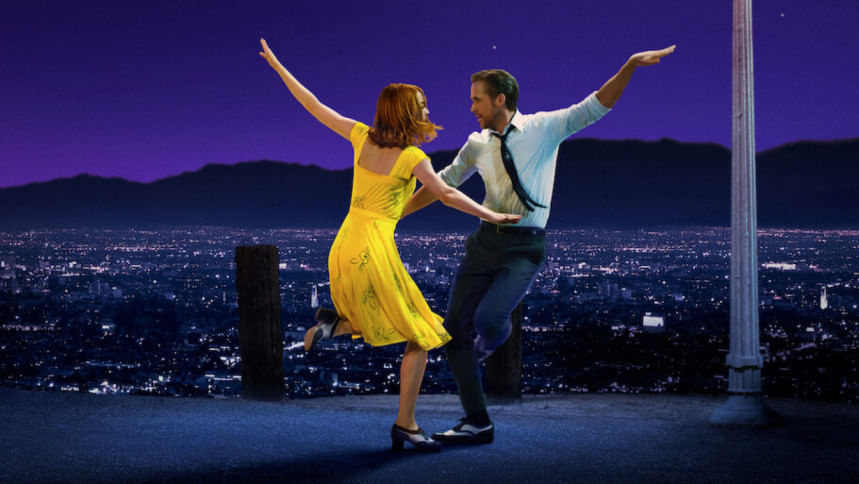
The grand gesture
No rom-com list would be complete without the moment where someone runs through an airport, interrupts a wedding, or stands in the rain declaring their love. It is ridiculous and irrational, but that is also the whole point. The grand gesture tells us that some emotions are too big for texts or quiet confessions. From "Notting Hill's" press conference to "Love Actually's" cue cards, from "Kal Ho Naa Ho's" heartbreaking letter to "Dilwale Dulhania Le Jayenge's" station reunion, these moments are absurdly theatrical, and yet, profoundly human. The grand gesture endures because it externalises emotion. Love, cinema tells us, must be visible to be real. Culturally, they reflect how public declaration substitutes for emotional fluency, because when words fail, action compensates. On a meta level, the trope is self-reflexive. The audience, like the lover, is being courted. Even as modern rom-coms like "500 Days of Summer" or "La La Land" complicate the happy ending, they still bow to the grammar of the gesture. Because deep down, we want love to be brave enough to look foolish and want someone to show up at their door, ready to apologise for everything.
The opposites attract energy
Sometimes love thrives in contrast. he overachiever and the slacker. The dreamer and the realist. The sunshine and the grump. These pairings work because they highlight how two incomplete people can fit together not by changing each other but by complementing what is missing. The trope thrives on tension and on the quiet awe of realizing that someone so unlike you might be exactly what you need. "Pretty Woman" took it to fairytale heights, transforming a transactional relationship into an emotional equilibrium where Vivian teaches Edward vulnerability while he offers her stability. In "The Big Sick", the clash is not just about personality but culture, showing how love can bridge generational expectations without erasing identity. Bollywood, ever attuned to contrast as drama, has reimagined this trope in ways both charming and subversive. "Khoobsurat", for instance, pits Sonam Kapoor's manic, unfiltered energy against Fawad Khan's regal restraint. The film turns their friction into transformation: her chaos liberates his stillness; his calm anchors her chaos. Similarly, "Bareilly Ki Barfi" and "Tamasha" reinterpret differences as self-revelation rather than conflict with love as the mirror that shows who you are when you stop performing.

The love triangle
Controversial, yes, but essential. The love triangle forces characters to choose between comfort and chaos, between what they think they want and what they truly need. It is not just about jealousy but identity. "Bridget Jones's Diary", "My Best Friend's Wedding", and "Twilight" all milked the tension to perfection. Bollywood's "Kal Ho Naa Ho" took it further, making unrequited love feel both devastating and poetic. Even "Student of the Year" repackaged the classic formula for a new generation, playing with class, culture, and timing. We keep watching because triangles dramatise the universal fear of making the wrong choice. They let us wrestle with the "what ifs" of our own lives from a safe distance. They externalise the internal conflict and let us debate moral and emotional choices vicariously. Unlike other tropes that promise closure, this one thrives on ambivalence. It becomes tragic, often resolving in sacrifice. It allows longing to stretch, to breathe, to coexist with duty. Perhaps that is why this trope continues to pull us in, as it understands that real love is rarely symmetrical. It is messy, layered, sometimes unfair, yet achingly human.

 For all latest news, follow The Daily Star's Google News channel.
For all latest news, follow The Daily Star's Google News channel. 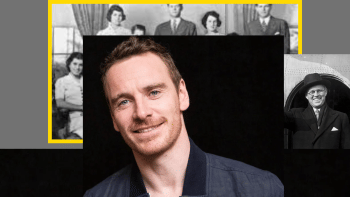


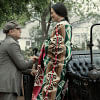



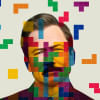

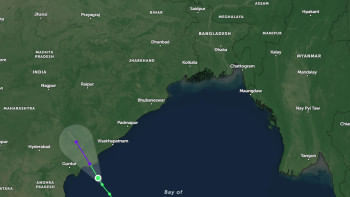
Comments